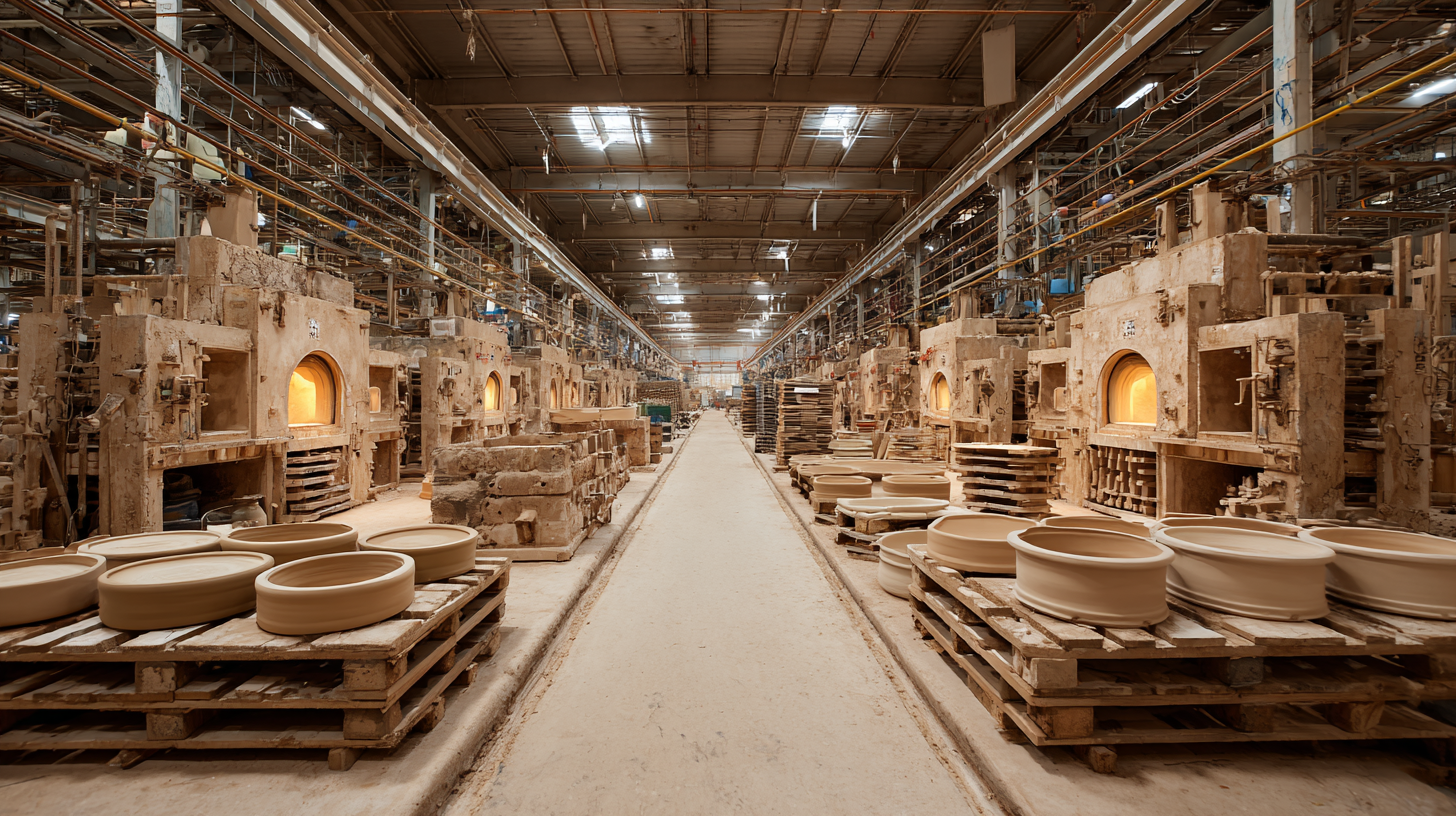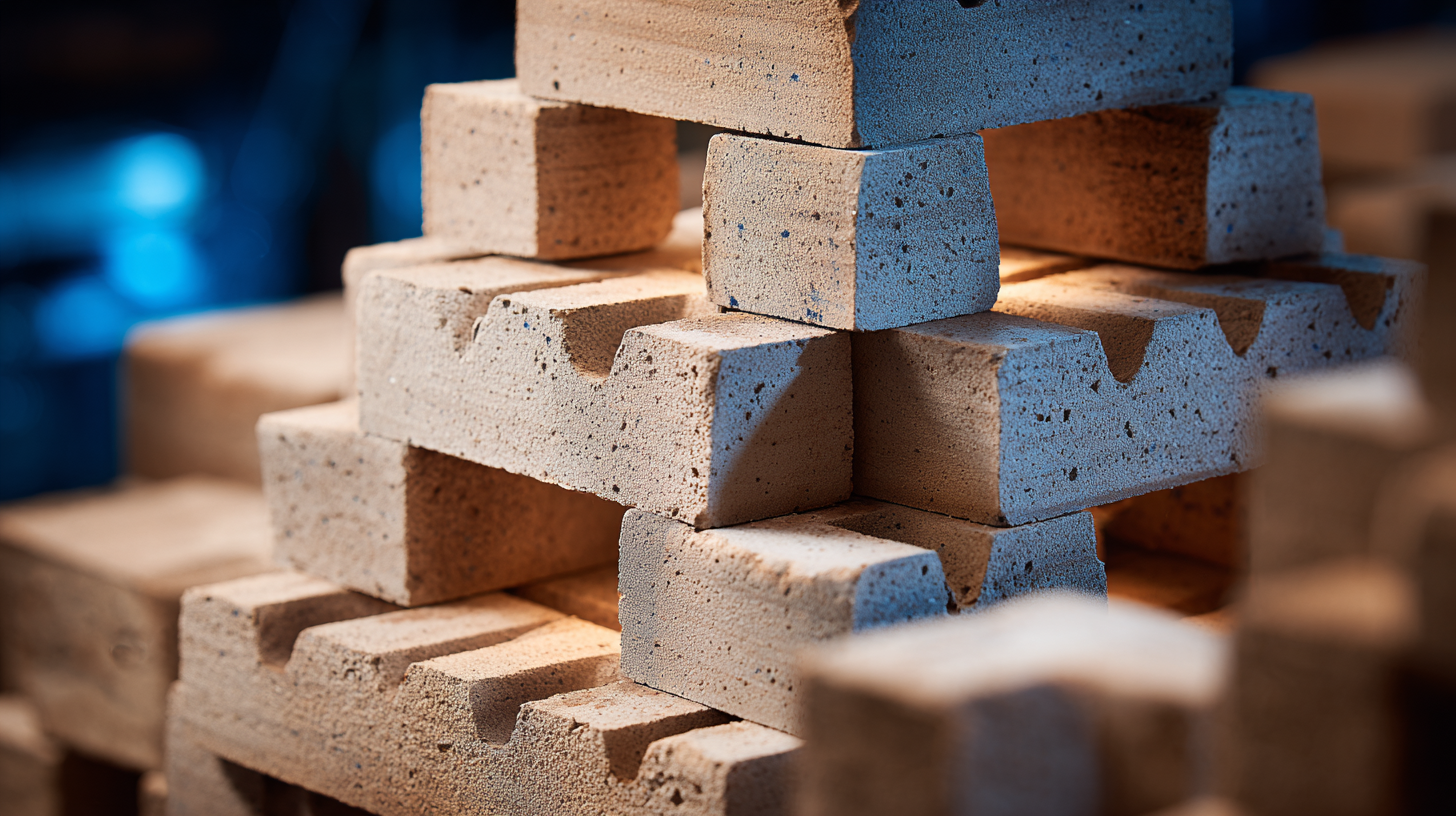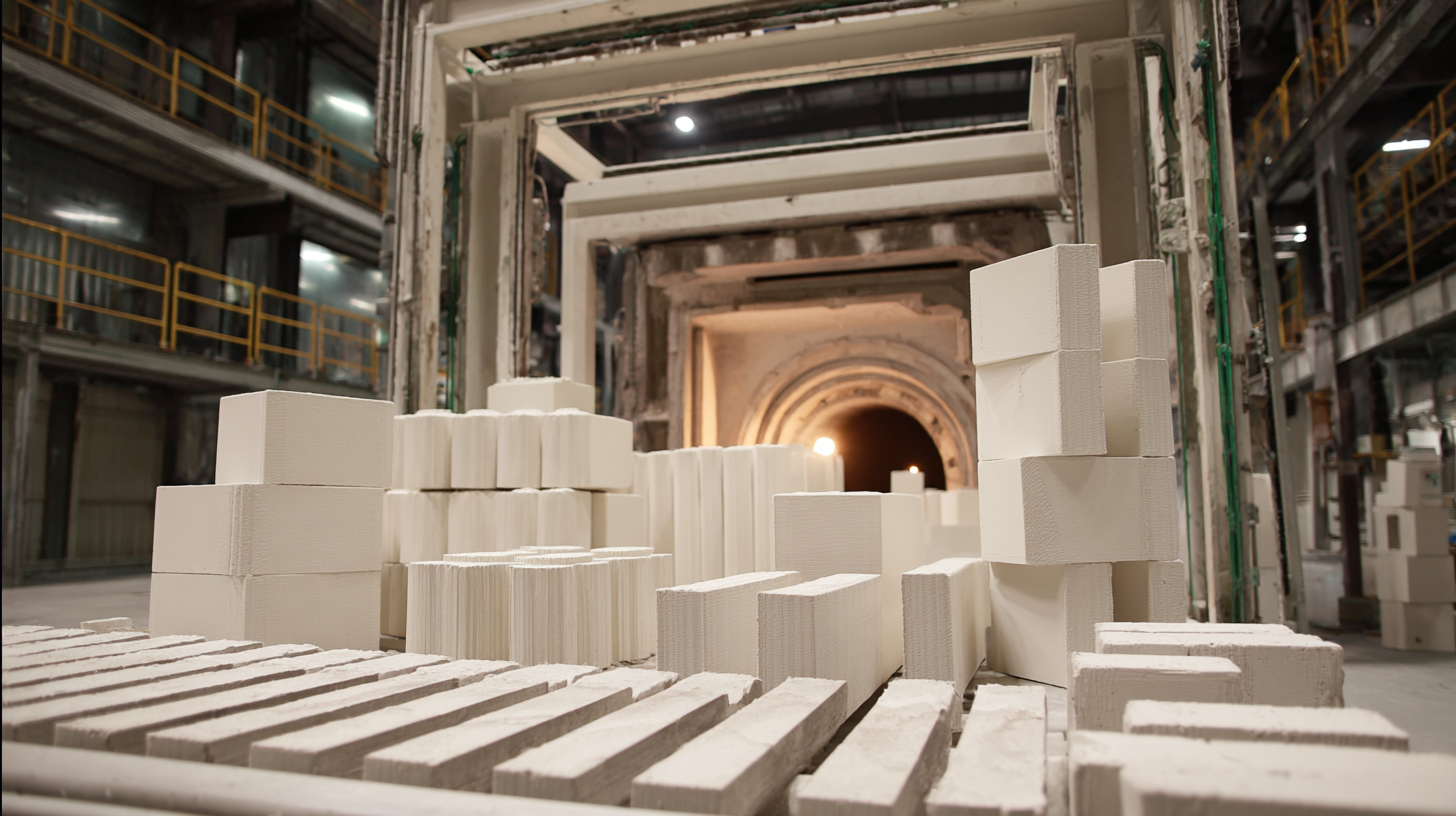Leave Your Message
As the ceramic industry evolves, the demand for innovative and efficient kiln furniture continues to rise, reflecting broader trends toward sustainability and cost-effectiveness. According to a recent industry report, the global market for kiln furniture is projected to grow at a CAGR of 5.2% over the next five years, driven by advancements in materials and technology. Alternatives to traditional kiln furniture, such as silicon carbide and cordierite products, are gaining popularity due to their superior thermal properties and durability. These innovations not only enhance the performance of kilns but also reduce energy consumption and waste, aligning with the industry's shift toward more sustainable practices. As we explore the future of optimal kiln furniture, it becomes essential to understand how these alternatives are shaping the landscape of the ceramic industry and influencing manufacturing processes worldwide.

The ceramic industry stands at a crucial juncture as businesses strive to navigate evolving market demands while ensuring sustainability and customer satisfaction. One significant aspect gaining traction is the reinforcement of after-sales service advantages. In a competitive landscape, companies that prioritize robust after-sales support can foster greater customer loyalty and differentiate themselves from rivals. This shift not only enhances customer experiences but also addresses issues like maintenance and repair, which can heavily impact customer retention in the ceramics sector.

Recent calls for governmental support in areas like Stoke-on-Trent underscore the urgency of this need. As the Staffordshire pottery industry grapples with rising energy costs and other challenges, a comprehensive after-sales strategy becomes paramount. Providing efficient service and repair mechanisms can extend the lifecycle of ceramic products while alleviating pressure on manufacturers. The potential for innovative service solutions, such as online maintenance guides or enhanced customer service platforms, can empower both businesses and consumers, leading to a more resilient and forward-looking industry.
As the ceramic industry evolves, understanding repair costs for kiln furniture becomes increasingly critical for manufacturers. Recent industry reports indicate that nearly 15% of production costs can be attributed to the maintenance and replacement of kiln furniture. This expense is often overlooked, yet it plays a substantial role in overall operational efficiency. With the introduction of advanced materials and designs, the longevity of kiln furniture has improved, yet the need for repairs remains inevitable. A 2022 study suggested that implementing predictive maintenance strategies can reduce kiln furniture repair costs by up to 30%, showcasing the importance of proactive management in the realm of ceramics.
Moreover, innovations in kiln furniture are shaping not only functionality but also cost implications. For instance, the adoption of lightweight ceramic composite materials has led to a significant reduction in wear and tear during firing cycles. According to a 2023 market analysis, these materials can withstand temperatures exceeding 1400°C while exhibiting minimal deformation, ultimately decreasing the frequency of replacement. This shift toward advanced kiln furniture design not only enhances production efficiency but also mitigates the financial burden associated with repairs, allowing ceramic manufacturers to allocate resources more effectively and invest in further innovations.

Timely maintenance of kiln furniture is crucial for ensuring optimal performance in the ceramic industry. According to a report by the American Ceramic Society, properly maintained kiln furniture can extend its lifespan by up to 30%, significantly reducing operational costs. Regular inspection and maintenance not only enhance efficiency but also help in early detection of potential issues, which could otherwise lead to expensive downtimes and product defects.
To keep kiln furniture in top shape, consider implementing a routine maintenance schedule. Clean kiln supports and shelves regularly to prevent the buildup of residues, which can affect heating efficiency. It's also essential to check for any signs of wear or damage, especially after production peaks.
Tips: Make it a habit to inspect kiln furniture weekly, particularly after high-temperature runs. Employ high-quality cleaning agents that do not corrode surfaces, and always document maintenance activities to track performance improvements over time. This proactive approach helps ensure that your ceramic production remains efficient and cost-effective.
In the ever-evolving landscape of the ceramic industry, the introduction of innovative kiln furniture solutions is drastically reducing maintenance expenses. With advances in materials and design, manufacturers are now able to produce kiln furniture that withstands high temperatures and repeated usage without significant degradation. This not only results in cost savings but also enhances production efficiency as fewer replacements and repairs are necessary.
To fully benefit from these innovations, it's essential to regularly assess your kiln furniture’s condition. Implement a routine inspection schedule to identify potential issues before they escalate into costly repairs. Additionally, consider utilizing modular designs which allow for easy replacements of only the affected components instead of the entire system.
Another effective tip for reducing maintenance costs is to invest in high-quality, durable materials that can better resist wear and tear. Although the initial investment may be higher, the long-term savings on maintenance and replacements will outweigh the upfront cost, leading to a more sustainable production process. Embracing these innovations not only contributes to a more efficient workflow but also supports the longevity of your kiln furniture.
This chart illustrates the impact of various innovations on kiln furniture in the ceramic industry, focusing on key performance indicators such as material efficiency, maintenance cost, energy consumption, production speed, and durability. The data represents the percentage improvements expected with the adoption of innovative solutions.
In the rapidly evolving ceramic industry, enhancing customer support stands as a pivotal focus for manufacturers and suppliers alike. As innovations in kiln furniture continue to redefine production capabilities, it becomes increasingly important to ensure that customers receive the assistance they need to maximize the benefits of these advancements. This includes providing comprehensive training and resources that demonstrate how to optimize the use of kiln furniture, ultimately leading to higher efficiency and improved final products.
Moreover, leveraging technology plays a crucial role in this enhancement of customer support. Implementing user-friendly digital platforms can streamline the communication between manufacturers and clients, facilitating quick access to product information, troubleshooting guides, and real-time support. By integrating chatbots or dedicated support lines, companies can help customers navigate challenges swiftly, ensuring that their operations run smoothly. As the ceramic industry embraces these innovative customer support strategies, it not only strengthens relationships but also fosters a community of informed users who can collaboratively push the boundaries of what kiln furniture can achieve.
| Dimension | Description | Impact on Customer Support | Future Innovations |
|---|---|---|---|
| Material Quality | Use of advanced materials that withstand higher temperatures. | Enhances durability and reduces costs for customers. | Development of heat-resistant ceramics. |
| Design Customization | Flexible design options for kiln furniture to fit various kiln sizes. | Provides tailored solutions that improve operational efficiency. | Integration of 3D printing technologies for bespoke design. |
| Load Capacity | Innovations allowing for higher load capacities with reduced weight. | Increases production capacity without compromising safety. | Research into composite materials. |
| Eco-Friendliness | Sustainable production methods and recyclable materials. | Appeals to environmentally conscious customers. | Development of bio-based ceramic materials. |
| Automation | Incorporating automated processes in the kiln furniture handling. | Streamlines operations and reduces labor costs. | Integration of IoT for tracking and management. |
